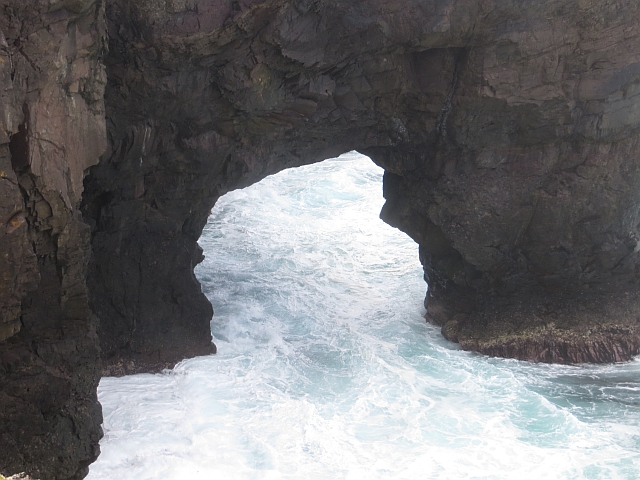

“They have to expend a tremendous amount of energy to be in that position,” he says. Some people have a structural imbalance that causes them to stand forward instead of straight, Lowenstein notes. Although kyphosis is not necessarily painful in itself, Katzman says, pain can be present, particularly when associated with underlying when it’s associated with underlying fractures or degenerative disc disease. A head-forward position can cause headaches and backaches, she notes. “Sometimes it can be painful sitting at a computer,” Katzman says. Kyphosis can make daily routines uncomfortable and more difficult.

A glimpse at a full-length mirror can be the first indication of spinal rounding, or someone else may remark on the recent change. Difficulty getting up from a chair or sitting down is a common example of impaired function, Kado says. Problems going from seated to standing.“So you can start falling off to one side of the other as well as going forward.” “Kyphosis can oftentimes happen along with scoliosis,” Lowenstein explains. Forward-leaning can develop, possibly with side-leaning, as well. “Because as their curvature increases, their head is getting close to the ground.” “They’re not as tall as they used to be,” Lowenstein says. For people over 65, losing weight may affect overall bone health and contribute to kyphosis progression. There appears to be a genetic link to kyphosis, Kado says: “If you have a family member who’s been affected by hyperkyphosis, if you notice it in your own family, you might think a little bit about your own posture.” A physical therapist can help you gradually increase your activity level. Weight-bearing exercise helps maintain healthy bones, while walking promotes balance and good posture. A sedentary lifestyle that involves continual sitting and a lack of physical activity is a risk factor for bone-related conditions. Age-related loss of skeletal muscle mass and strength, called sarcopenia, can begin as early as your 30s and continue to increase with age.

Men can develop kyphosis, too, as bone mass naturally declines after reaching peak bone mass in the early 30s and 40s. Women are more likely to develop osteoporosis because of hormonal changes during menopause. Bones become fragile and brittle, making people more vulnerable to fractures. In osteoporosis, which means ‘porous bone,’ the quality and density of bone decline.


 0 kommentar(er)
0 kommentar(er)
